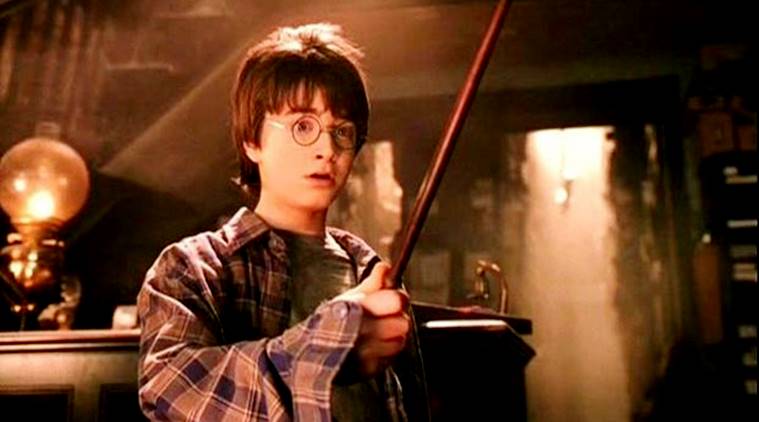
My name is Holly. I have had the privilege of being the Michigan Philharmonic's intern for the last 6 months. I am a current Madonna University student finishing up my Music Management degree. At Madonna, I am part of the University's Chorale, under the direction of Kevin Cushman. I am extremely lucky to know and work closely with him, as well as Nan Washburn.
Beth Stewart, Executive Director Extraordinaire for the Phil, asked me to tell you a little story.
So, here's my story:
It all started many moons ago, 198 to be exact (give or take), when one called Kevin Cushman of THE Madonna University, told his chorale that they would be a performing a piece by the one and only Libby Larson....but the excitement didn't stop there.
Not only would we be performing a piece where the actual composer was alive and willing to come to the performance (I'm looking at you Mozart), but we would be joined by two other choruses and the Michigan Phil themselves. Whaaaaaat!! Exciting times in the big city!
As part of the Phil marketing team, I had heard plans in the making. It seemed so far away...
Fast forward to August 28, 2018: our very first chorale rehearsal. T-3 Months Until Performance:
I walk in to see a cheery-faced Kevin Cushman by the door and am greeted by a warm "Hello Holly." Now, see, Mr. Cushman and I go waaaaaaay back. Like a whole 3 semesters back. Needless to say we have become pretty close pals and are quite the power team, if I say so myself! On a side note, he also thinks I'm the funniest person alive.(Don't ask him though...he might deny knowing me, he's such a jokester!)
Anyways, as the new semester music was being passed out, we all received a brand new purty blue book with the title In A Winter Garden plastered over the front cover... we were all intrigued, but didn't know what we were getting into....haha
Once the summer season was over, the Phil team and I focused on the upcoming season. The Naniversary season opener came and went, same with the Philharmonster Mash (both were amazing, so sorry if you missed them, but 9/10 chances I told you get tickets....not to play the blame game...)
So..yeah... the first rehearsal with the Larson piece....yeah, that was something, for sure. Let's put it this was, it was rather tricky and quite challenging, full of difficult rhythms and no clear direction (at the time anyway). It was something we definitely needed to spend the majority of our rehearsals practicing......and we did.....I don't think I've ever heard so many people say panicked "WHATs" in my life, but no worries, we got SO much time!
And suddenly it was November. The super-California, even-keeled Phil marketing team was ON TOP OF THINGS. Venue? Check. Libby Larson? Check. Yeaaaaaah, we got this!
I do want to talk about the time the soloists came into rehearse with Madonna's choir the first time. Noelle Jacquez was the first to come in. I knew Noelle from coming into the Phil office every now and again. I was excited to see her and was extremely BLOWN AWAY by this woman's voice. She came to talk to me after, but I couldn't pick my jaw off the ground fast enough....that or I was just super starstruck and couldn't look such talent in the face. (no one embarrass me and tell her that).
The other soloists were just as talented when we met them a week later. It's amazing how talented some people are. The soloists are 150% hearts eyes. 😍
During this whole process, I kind of acted as the middleman, not like a messenger middleman because Nan and Mr. Cushman talked all the time, but the middleman that knows all the secrets. (Secrets including pre-show pizza and ticket information....I'll come back to earth now)...
Up until the week of the show (November 30), there were still tricky spots. Frustration lingered because we thought "we should have this by now!!!!" By this time, Nan came to conduct, and with her guidance along with Mr. Cushman's, wow! It's amazing what their instruction (and patience) did for us (They are nothing short of wizards)
I do want to mention one spot in particular that even gave us trouble at our 4pm rehearsal the DAY OF the show....It was a part with an Ahhhh. It just wasn't working for us. Do we even want to talk about frustration? 3 hours before the performance and we can't get it!?!? OH MY GOD HELP (good thing we were in a church)
8pm, first half, intermission and then In A Winter Garden. As usual, we pulled it together and killed the piece. KILLED IT. Even that darn Ahhh?!?! YEAH we got him too, brother! Go us!!
Just like that the piece was over; the one we worked so hard on...for weeks/moons if you will. Everyone's hard work definitely showed in the final performance and was reflected in Mr. Cushman's, Nan's and even Libby's faces (who were either really relieved or extremely happy). It was absolutely lovely!
This entire experience was definitely one to remember and I am absolutely thrilled to have been a part of it. It could not have worked out better, for me anyway, that I happened to be a part of the Phil Fam and the Madonna Chorale at the same time. It made this experience so much better, truly knowing how much work went into it on both ends. I am very grateful for these opportunities and will remember them 5ever! (I'd say forever, but 5ever is longer 😊)
My name is Holly, this is my story, In A Winter Garden....Behind the Bushes...I Mean Scenes. (oops, I did it again!)

























